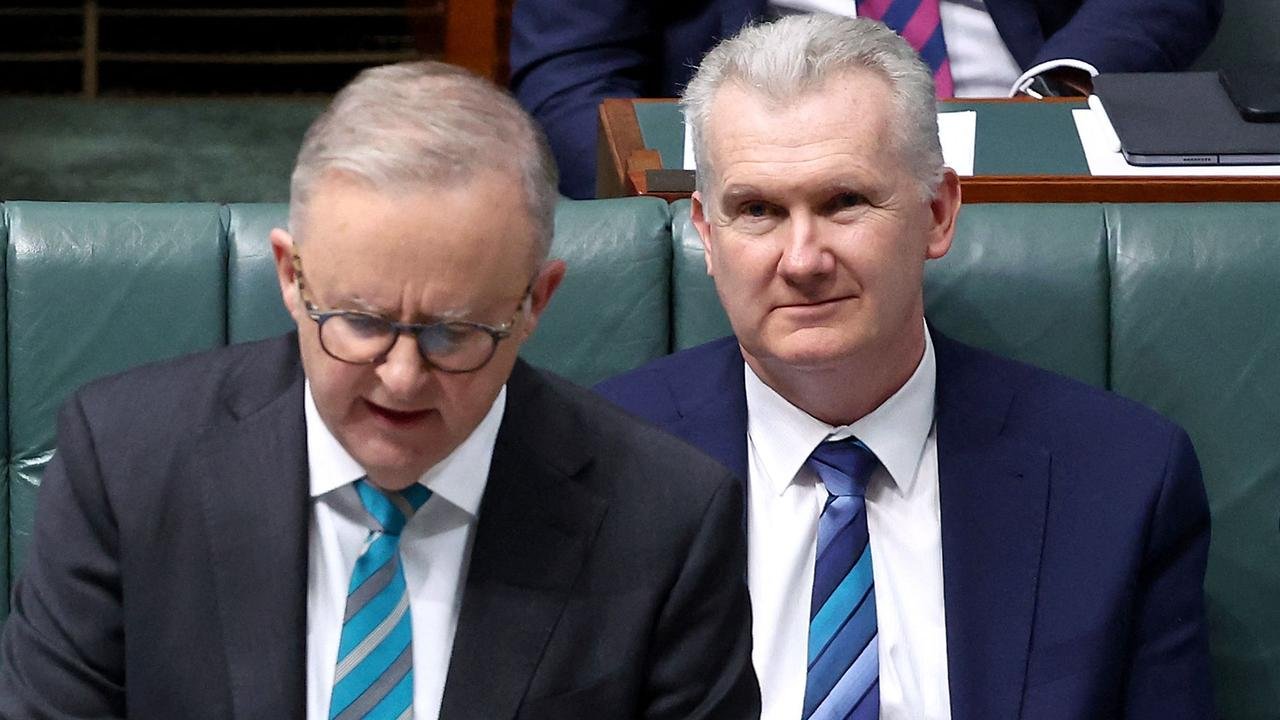Labor Government Maintains Permanent Migration Numbers Amid Anti-Immigration Protests
The Australian federal government has announced it will hold the permanent migration program intake steady at 185,000 places for the 2025-26 financial year, maintaining the same level as the previous year.
The decision, confirmed by Home Affairs Minister Tony Burke, comes amid a contentious public debate over migration levels and in the wake of recent anti-immigration protests across the country.
The 185,000 places will be allocated with the same proportions as the previous year, with more than two-thirds designated for skilled migrants and just over 50,000 for the family stream.

The figure is consistent with the Labor government’s recent caps of 190,000 in 2023-24 and 195,000 in 2022-23, but stands in contrast to the opposition’s pledge to cut the permanent intake to 140,000.
The announcement follows recent anti-immigration rallies, which Prime Minister Anthony Albanese condemned as “not the Australian way.”
Experts Warn of Growing Family Visa Backlog
Immigration experts have criticised the decision to cap the family stream at around 50,000, arguing it will exacerbate a growing backlog of applications from the partners and children of Australian residents.
Former senior immigration official Abul Rizvi told the ABC the backlog is now approaching 100,000 and that the government is “kicking the problem down the road.”
Both Mr. Rizvi and ANU Professor Alan Gamlen argue that by failing to process these legally mandated “demand-driven” visas in a timely manner, the government is essentially breaking the law to maintain an artificially steady permanent migration number.
The government has sought to distinguish the permanent migration program from net overseas migration, which has been the focus of recent political criticism.
Officials note that the permanent program largely confers residency on individuals already living in Australia on temporary visas and therefore has a limited direct impact on population growth.
Net migration, driven by the arrival and departure of temporary migrants such as international students, hit a post-pandemic record of over 500,000 in 2023 but had fallen to 340,750 by the end of 2024, with a further drop to 255,000 projected for this year.

